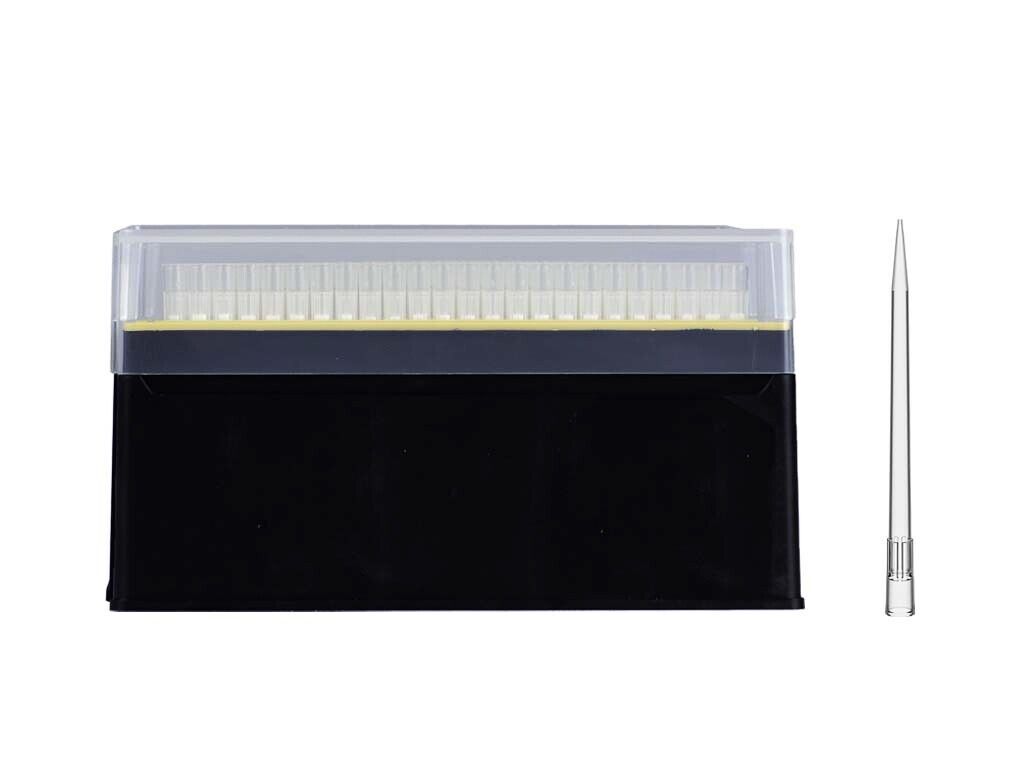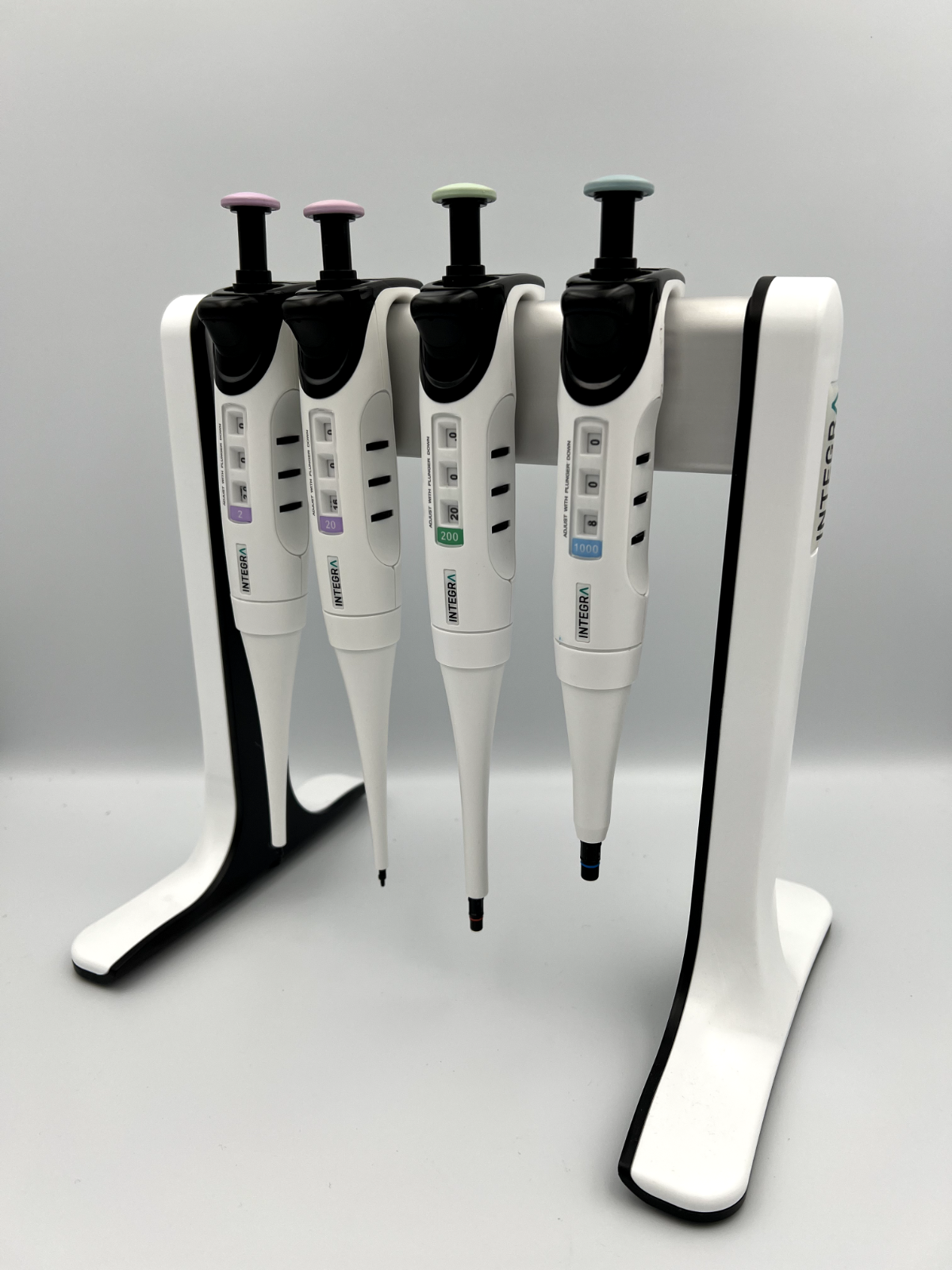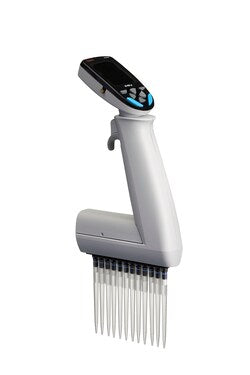Essential Pipette Equipment for a New Biology Lab
When setting up a new biology lab, one of the essential tools you will need is a pipette. A pipette is a precision instrument used to measure and transfer small volumes of liquid, making it indispensable for laboratory work. In biological research, accurate measurement of liquids is crucial, whether you are working with reagents, media, samples, or any other solutions. This guide will outline everything you need to consider when selecting pipettes and ensuring your lab is fully equipped for various biological experiments.
The first step in equipping your lab is to understand the different types of pipettes available. The most common ones include air displacement pipettes, electronic pipettes, and positive displacement pipettes. Each type has its own advantages and is suitable for specific applications within biological research. For instance, air displacement pipettes are versatile and widely used for general purposes, whereas electronic pipettes offer enhanced precision and ease of use for repetitive tasks. Positive displacement pipettes, on the other hand, are ideal for viscous or volatile liquids.
Next, consider the pipette volume range that you will require. Pipettes come in various volume capacities, typically ranging from 0.1 µL to 10 mL. It's important to have a variety of pipettes available to accommodate different liquid volumes in your experiments. For example, if you plan to conduct molecular biology assays involving PCR, you might need micropipettes for handling small volumes of DNA and reagents.
Calibration and maintenance of pipettes are also critical aspects to keep in mind. Regular calibration ensures that the pipettes are delivering accurate volumes, which is vital for reproducibility in research. Invest in calibration tools or services, and establish a routine maintenance schedule to keep your pipettes in optimal working condition. Moreover, understanding the proper pipetting techniques can further enhance accuracy and prevent errors.
Accessories such as pipette tips are equally important in ensuring laboratory efficiency. Choose high-quality, sterile pipette tips that are compatible with your pipettes. Additionally, consider purchasing tips with filters if you are working with hazardous or volatile samples. This precaution will prevent contamination and protect the pipette from damage.
Don't forget about pipette storage and organization. Providing a designated area for pipettes, along with a pipette stand, will help maintain their condition and keep your lab organized. An organized workspace promotes better workflow and minimizes the risk of errors during experiments.
Finally, training personnel on the proper use of pipettes is essential. Ensuring that everyone in your lab understands how to use pipettes correctly will save time and reduce the chances of mistakes, which can lead to costly errors in experimental results. Offer training sessions and provide resources that detail pipetting techniques and best practices.
In conclusion, a pipette is a critical tool for any new biology lab. From selection to maintenance, understanding the various aspects of pipettes will help set up a successful laboratory environment where precise and accurate liquid handling is achievable. By considering the volume range, type of pipettes required, calibration, tips, storage, and training, you can create an efficient lab setup conducive to high-quality biological research.


